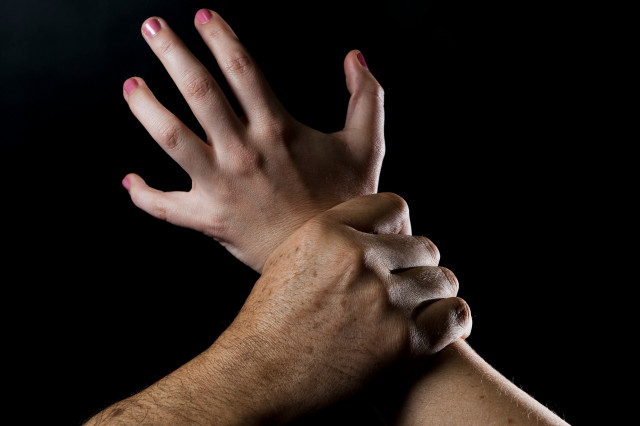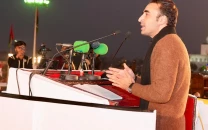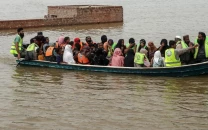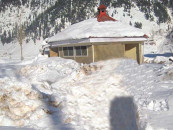Protests, tragedies, misinformation stir tensions in metropolis
Students call for transparency, safer campus environments, reforms

Lahore remained gripped by a wave of protests and mounting tensions following reports of an alleged assault on a first-year student at a private girls' college.
Rumours of a security guard allegedly assaulting the student in the campus basement, sparking outrage and protests that quickly spread across Punjab. Students, rights groups and concerned citizens rallied in solidarity, demanding justice and raising longstanding concerns over campus safety.
The protests soon expanded beyond the initial assault allegation, with students voicing frustrations over other unaddressed issues, including harassment by staff members and institutional neglect.
Students from Lahore College for Women University (LCWU) joined in, accusing male staff members of harassment, intensifying the already charged atmosphere and underscoring the pervasive concerns around female student safety.
Amid these demonstrations, two tragic incidents further fuelled the unrest. A female student from Punjab University was discovered dead in her hostel room in an apparent suicide, which authorities linked to personal issues.
In a separate case, a nursing student from Ganga Ram Nursing College attempted suicide, allegedly due to harassment by her college principal. These incidents, alongside the reported assault, have highlighted the pressing need for reforms addressing both student safety and mental health resources on campus.
Accusations of institutional negligence began to surface, with some protesters alleging that authorities were downplaying the assault to protect influential individuals connected to the college.
This perceived lack of accountability has stirred additional frustration, with demonstrators accusing officials of focusing more on discrediting the assault allegations than on addressing the underlying issue of campus safety.
Responding to the rising unrest, the Punjab government launched an investigation, led by the Chief Secretary of Punjab, to determine the facts surrounding the alleged assault.
The inquiry committee's findings, published by week's end, concluded that the assault did not occur.
According to the report, the rumour of the assault had initially spread via anonymous social media accounts, sparking widespread fear and anger.
Investigators found no evidence to support the assault allegations against the security guard.
The committee's report also examined the role of viral misinformation in escalating the protests and suggested implementing media literacy programs in educational institutions to help students identify and counter false information.
Additionally, the report recommended stricter measures against individuals spreading misinformation online, noting the severe societal consequences that can result from unverified claims.
Despite the inquiry's findings, protesters have refused to accept the conclusions, claiming the investigation was a superficial attempt to quell unrest and protect influential figures.
They are calling for an independent investigation, asserting that justice for the alleged victim should remain the primary focus.
Protesters argue that the inquiry failed to address core issues of student safety, describing it as a "cosmetic" response to placate public anger without instituting substantial protections for students.
Among the protesters' demands are stricter policies to safeguard students on campuses, particularly around sexual harassment and violence.
They have criticised authorities for inadequate measures to create safer learning environments, warning that such incidents may continue unless concrete reforms are enacted.



















COMMENTS
Comments are moderated and generally will be posted if they are on-topic and not abusive.
For more information, please see our Comments FAQ